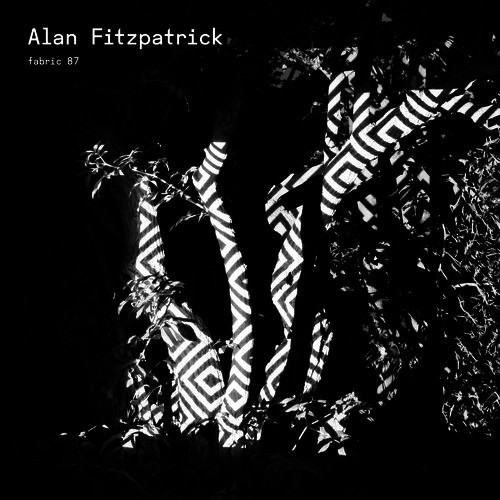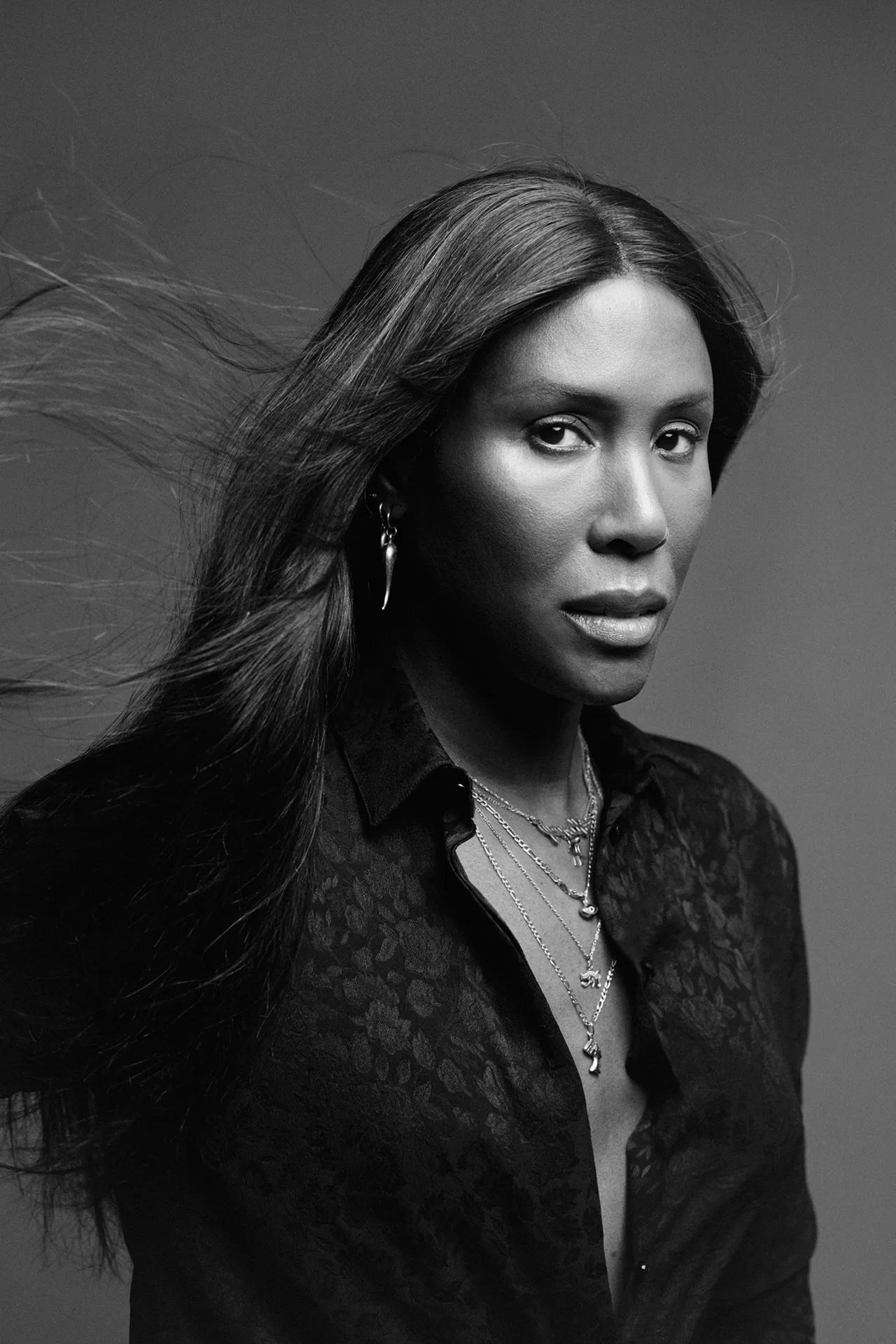Review: Alan Fitzpatrick- Fabric 87
Just like a good book, a mix’s introduction harbors the power to either immediately immerse or deter an audience. In Alan Fitzpatrick’s Fabric 87 mix, the first two minutes foreshadow the emotionality of his style as the opening showcases an ethereal musicality that masterfully lulls its listeners into a sense of melodic security; he capitalizes on the meditative tone of the introduction by carefully ramping up each beat long enough to familiarize your feet to the groove without allowing the rhythm to stagnate. Thus, he achieves exactly what one hopes for from a club-specific mix – bottling up the essence of a night out, and delivering
that energy directly to one’s headphones/speakers.
Marcel Fengler’s “Zen” allows Fitzpatrick to transition from gently greeting his audience with a melody to maintaining their loyalty with an infectious bassline, and by the time “Submission” hits, one’s ability to stay still disappears as the tone shifts from pensive to incendiary. At around the 18 minute mark, however, Fitzpatrick initiates a fifteen minute “interlude” with Reset Robot’s “Lolly Pop (4AM Mix),” allowing listeners some breathing room before seamlessly dropping into a forthcoming tune of his own, “Where Haus?”, which melts into an exclusive remix of “1992” (Boxia VIP). Transitions such as these exemplify Fitzpatrick’s DJ prowess.
“I really wanted to deliver a mix that had a timeless quality about it and that contained tracks that people were not very familiar with already. Crucial to achieving this was the special edits that feature in the mix, as well as the exclusive and unreleased material that I was able to include which I hope everyone enjoys listening to.” – Alan Fitzpatrick
The mix sustains its energy up until the outro where Fitzpatrick mirrors the attention to detail that the introduction evidenced; Session Restore’s “Speak Out” feeds into an unreleased original track, “End Theme,” followed by an unreleased remix of Drewxhill’s “Bullets.” These tempo changes – the “interlude” and “outro” – successfully draw special attention to Fitzpatrick’s exclusive and exquisite productions.
Of course, anyone who has followed Fitzpatrick over the years will have come to expect such a high standard from him. His grand emergence onto the scene via Drumcode in 2009 set lofty expectations for his ability as a musical talent; and in the years since his debut album “Shadows in the Dark” was released on Drumcode, his presence in the studio, on the airwaves, and throughout the festival circuit has garnered praise by influential artists such as Adam Beyer, Carl Cox, Len Faki, John Digweed, and many others. Drumcode provided a catalyst for his growing popularity (which sees no end in sight) while productions for BPitch Control, Hypercolour, and Hotflush Recordings helped expand his horizons from underground to international. Plus, his own label, 8 Sided Dice, has enjoyed collaborations with and releases from the likes of Reset Robot, On/Off, and Slam.
Since his breakout successes in 2009, Fitzpatrick has continued to release chart-topping tracks such as “Love Siren” [Drumcode], “Truant” [Cocoon], and “Reflections” [Bedrock], the latter of which earned the prestigious title of BBC Radio 1 Essential New Tune. He has seized the scene by storm, putting in the work to progress from a hyped newcomer to a Techno mainstay. His reign on the Beatport charts speaks to his ability to set trends while continuing to evolve his own style, and his touring record (over 100 shows in 2015 alone, including 30 festivals as well as performances in Ibiza at both Sankeys and Space) represents his ongoing dedication to the craft in addition to the scene’s ever-growing support for him. His Fabric 87 mix looks to solidify that reality.
We asked him what the biggest challenges you faced when going through and crafting something as iconic as a Fabric mix, and what were his most exciting moments in making this mix, and this is what he had to say:
The whole process wasn’t actually that daunting in the end. To start with I did spend quite a bit of time going over how I would approach the mix as Fabric allowed me pretty much total creative freedom, so I had a lot of choices to make. In the end, it was very obvious to me that I should just do what I always do when playing a big gig or recording an important podcast; and that is simply to go back to basics; try and feel the music as best I can; and have a mix. What was difficult was finding music that was available to me in December 2015, the deadline for submitting the final mix. It needed to be fresh for people when the compilation was released in April 2016.
All the artists and labels I spoke with were really helpful and supportive, and I must have had something like 300 tracks to choose from in the end, most of which pretty much no one else had. Typically, when it came down to it, there were two tracks that were not so simple to license for whatever reason, but luckily in the end we got all the deals done. That was the most exciting part because I knew in my heart that I had a mix ready that I was really happy with, but it did rely on a few special tracks. When we got the green light on them I knew it was all systems go, and that was a great feeling.
Written by Austin Bell




Leave a Reply